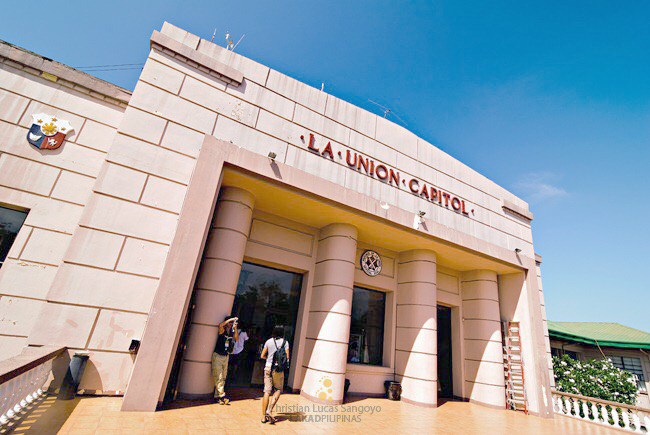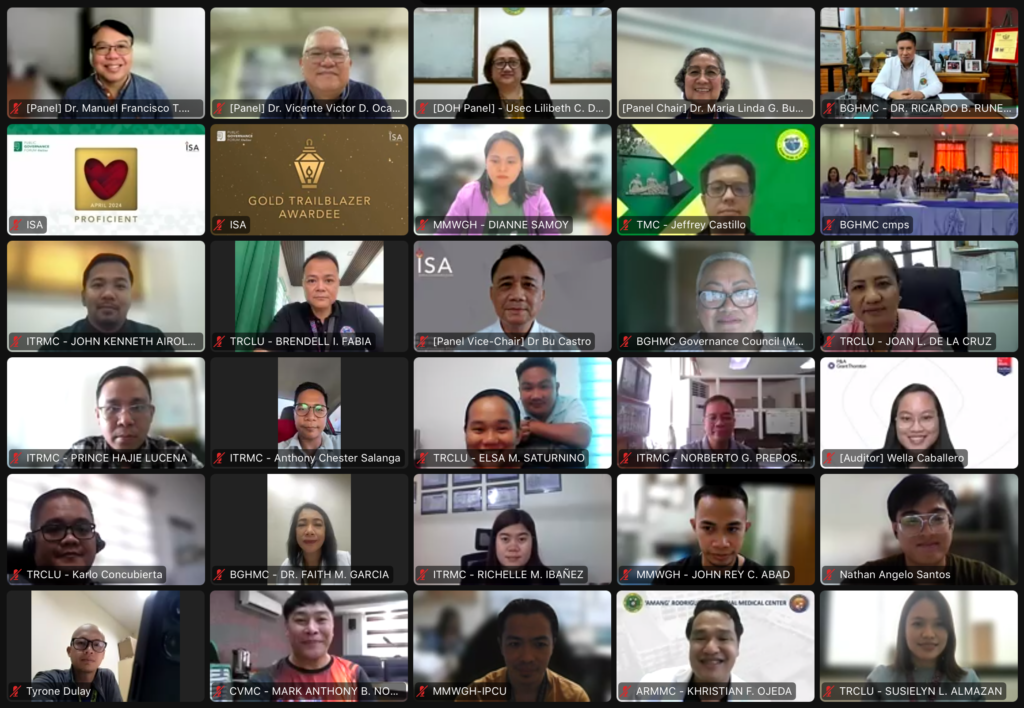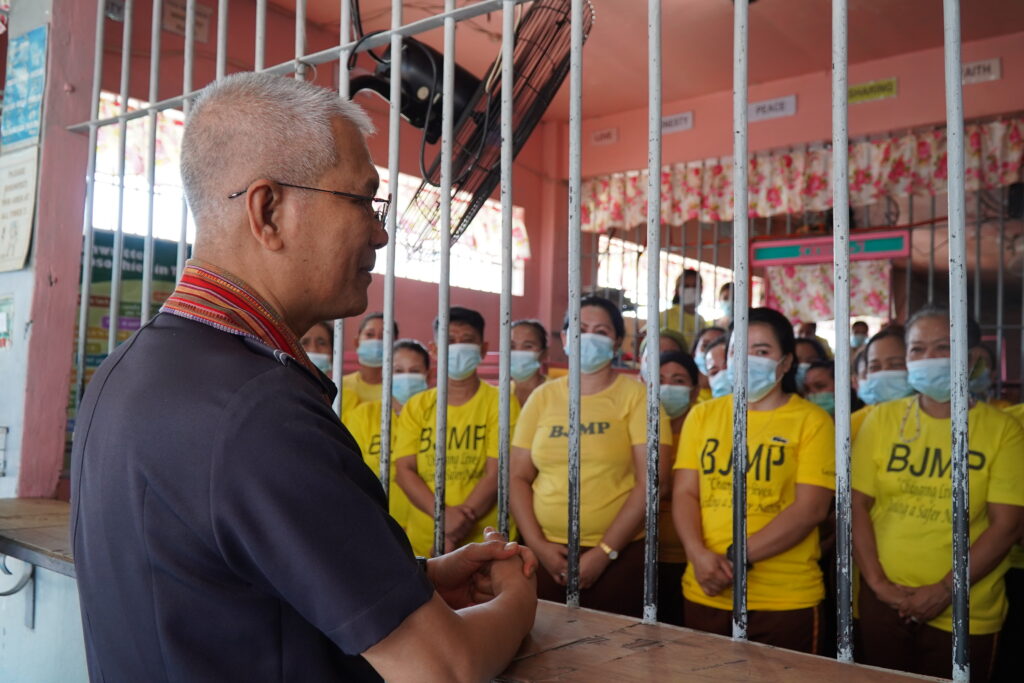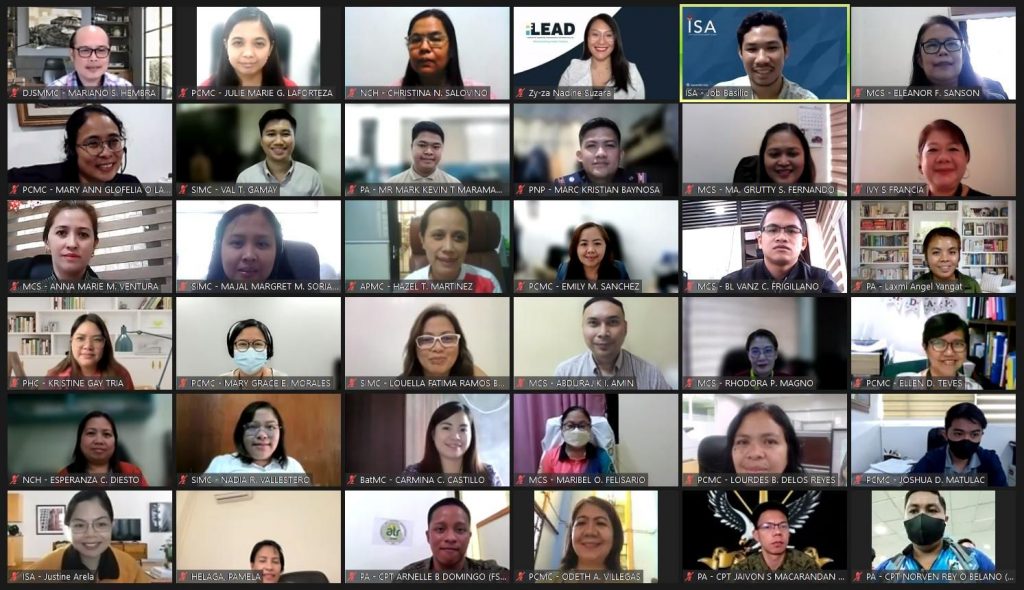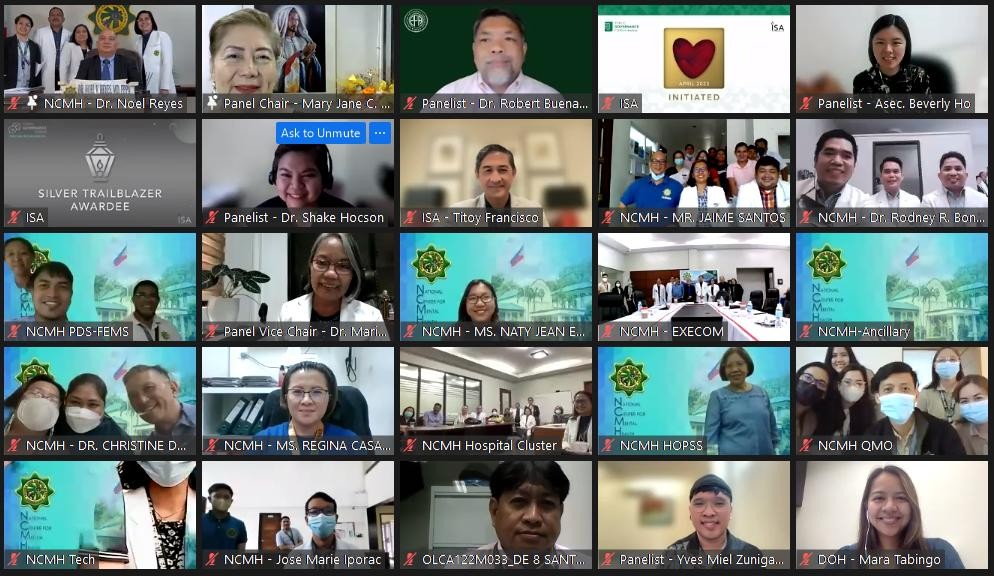“Bakit pa tayo gagastos for things like that?”
(“Why do we have to spend for things like that?”)
This was a question many asked La Union provincial governor Francisco “Pacoy” Ortega III when he first announced plans to introduce the Institute for Solidarity in Asia’s (ISA) Performance Governance System (PGS). Provincial government employees doubted that there was a pressing need for a new system, and wanted to use the funds for other projects.
La Union’s provincial administrator at the time, Dr. Geoffrey Tilan (now retired), explains that the local government unit (LGU) had already reached the pinnacle, having reaped various recognitions, including consistent recognition from the Department of Interior and Local Government (DILG). This time, the question was, “Why change the strategy?” The LGU was unsure of whether a new program would yield new benefits, considering that the existing system was already working.
What’s more, the local chief executive, Ortega, introduced PGS at the same time that ISO certifications were being done in the capitol. Adamor Dagang, the province’s information and tourism officer, mentions that the department was initially unwelcoming of the heavy workload. “People were cautious because it was something new, “ Dagang shares. “Ganoon naman talaga ang reaction kapag may bago.” (‘That’s the usual response.’)
The challenge was to show everybody that this was not a vanity project of the new administration. “We had to get them to see that the PGS was a working system that could be replicated in [other LGUs in] the province,” Dagang adds. “And that we were confident that it could work for the people of La Union.”
The capitol’s champion
The capitol was eventually convinced.
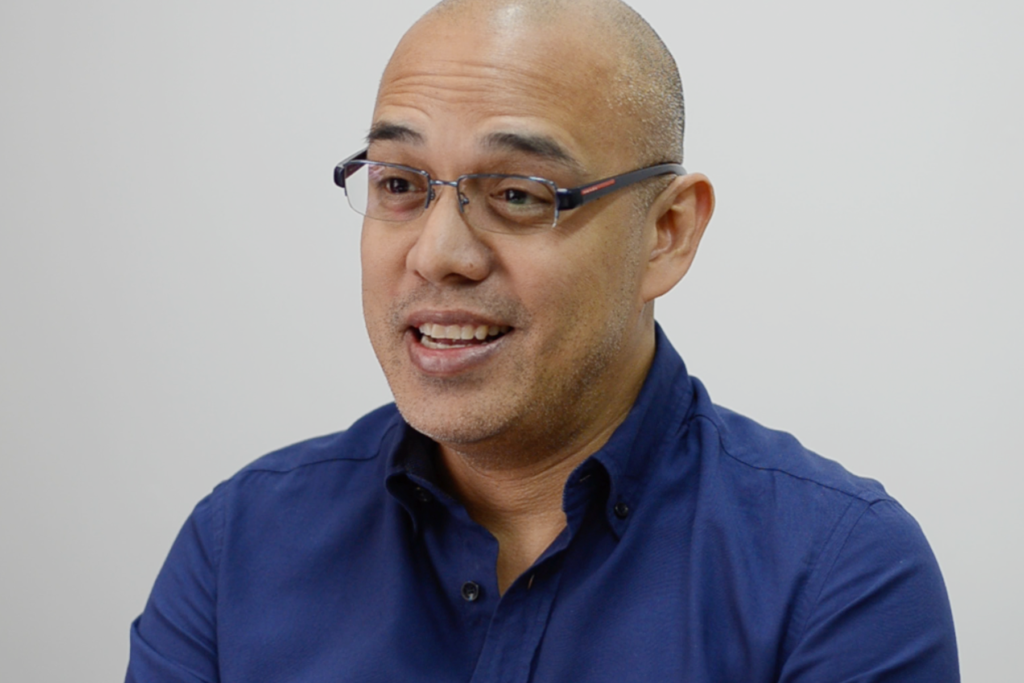
La Union’s governance champion, Gov. Francisco Ortega III
Ortega pushed hard because of the great need to keep up with the times. Citing the role of technology in transforming even government systems, he shares his battle cry from those early days, “We have to start evolving. If we don’t, we will become extinct.”
Another key factor was Ortega’s reassurance that he would champion the effort. “I knew it wasn’t an overnight thing, to introduce the direction and then everything would follow,” he says. “I know it’s more day-to-day, and kung mayroong change (“if there is some change”) one person at a time or one office at a time, I am already happy with that.”
It was also clear to everybody that the provincial government was not there to merely build its own legacy but to enable other LGUs in the province to play to their strengths and deliver their services better to the citizens of La Union. Tilan, who was with the provincial government for 20 years, talked about observable differences in the leadership styles of different administrations, and shares that Ortega’s is a fresh take on the true role of the capitol. “At the end of the day, we should see that basic services are provided,” Tilan says. “It’s not about being credited, but about performing the role of the province, which is to empower the LGUs in the region.”
Bridging the gap
“In the new development paradigm, there has to be a shared vision for everybody,” says Tilan, reflecting on a fundamental truth of PGS. This meant building relationships with stakeholders and specifically linking the capitol with various actors to help create the plan that would bring a shared vision to life.
“Under PGS, one of our projects was what we called the ‘Bridging the Gap’ workshops,” Ortega shares. “I believe that the province is the bridge between the local government units [in the area] and the regional line agencies, so what we did was to get all of them together.” These workshops were a way for Ortega’s team to pitch the capitol’s roadmap to becoming “the heart of Agri-Tourism in Northern Luzon by 2025”, and more importantly, invite stakeholders to become development partners.
Out of that simple but well-planned exercise unifying key actors in the province, more than Php7 billion worth of programs, projects, and activities supporting the vision for 2025 was identified by the regional line agencies. What was once a highly-criticized plan to spend Php5 million pesos on a new program and its accompanying initiatives had resulted in a visible economic gain.
“I believe it’s worth it,” Ortega says. “People in the capitol, especially the younger ones, are more excited to work.”
The heart of Agri-Tourism
“Actually, sa tourism office namin, excited kami nung una pa lang, (“our tourism office was excited from the start”) when the governor introduced PGS as one of his thrusts to improve agriculture and tourism as a tool to drive economic activities,” says Dagang, recalling the thrill the provincial tourism workers felt after realizing that they were part of a greater plan for the province.
To realize their vision of becoming the heart of Agri-Tourism requires seamless collaboration between two different sectors of the economy. Improving agriculture and tourism in the province, and eventually putting the two together, requires an exhaustive amount of planning and a deliberate series of actions. These include training the capitol to deliver on its vision, mission, and goals for 2025, and of course, capacitating 20 component LGUs to share development efforts in agriculture and tourism to drive improved area revenues and household incomes.
A model capitol
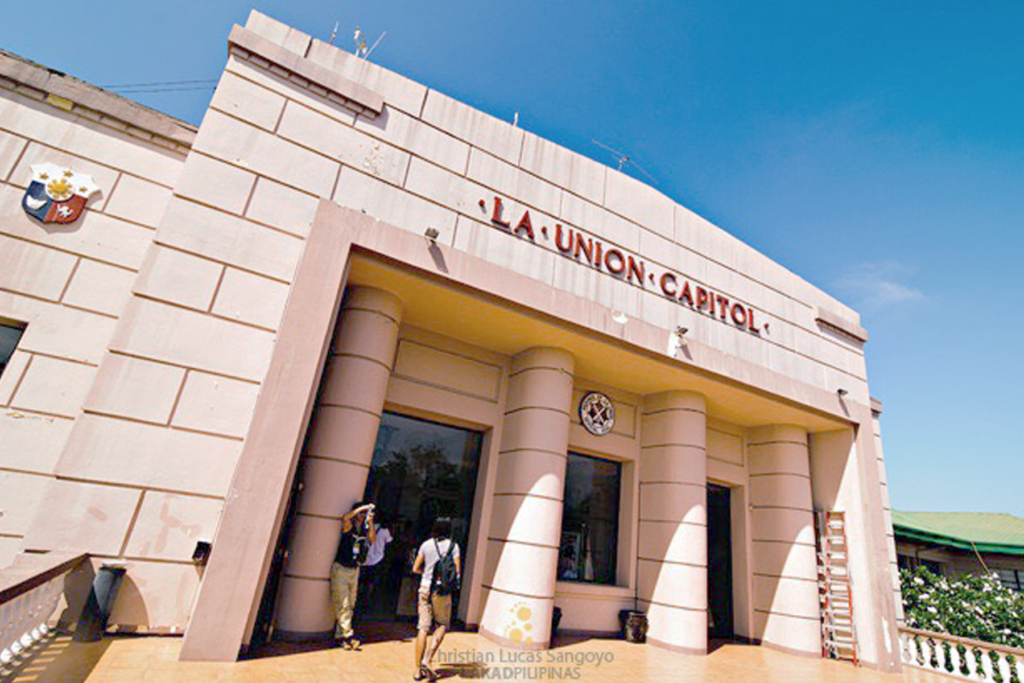
Photo from Christian Lucas Sangoyo of lakadpilipinas.com
Another showcase of La Union’s status as a model for good governance is the fact that the province was able to successfully receive audit certification for ISO while starting PGS. This added to the motivation and excitement of the people in the capitol.
But the best part is that all these efforts have reached people in the province’s smallest units, who are now involved in plotting the path to 2025. By making governance a shared responsibility, the whole province prospers.
“It’s really exciting,” says Ortega, sharing candidly that he had no idea of how everything would turn out. “But along the way I realized, PGS practitioner na pala ako ever since (“I’ve been a PGS practitioner ever since”) because I believe that what gets measured gets done. So I believe it applies to everyday life, and it definitely applies to governance.”

